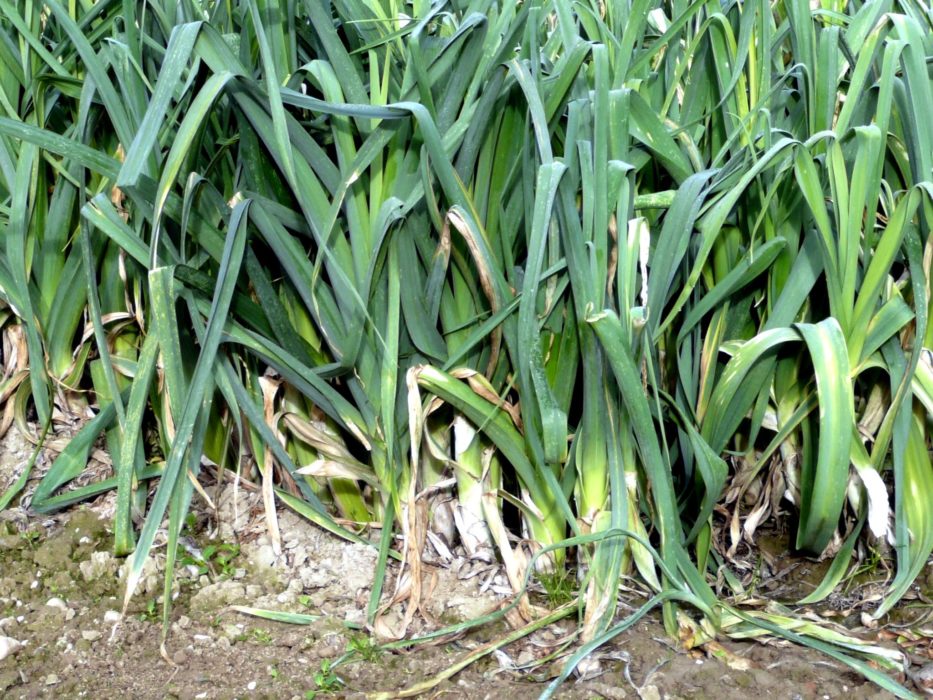
A Guide to Eating in the Wilderness: Berries and Plants
While a smart backpacker should always bring enough food when heading outdoors, it doesn’t hurt to know what’s safe to eat along the trail. Whether you’re just looking to have some fun by trying to identify these foods or you’re actually in a situation where you’ve run out of supply, then use this guide to help you make it through:
Berries
The saying “red and sweet is good to eat” isn’t always accurate, and if you rely only on this, you might find yourself sick from eating a poisonous berry. Although in most cases eating poisonous berries won’t kill you, it can cause extreme abdominal pain, nausea and vomiting; and when out in the backcountry, this could lead to other problems. Many berries closely resemble each other, which can make it very difficult to distinguish a poisonous berry from a safe berry. Instead, try to remember specifically which berries are good for you:
Honeysuckle Berries
You’ll be able to identify these berries by the woody vine and yellow flowers around it. In the fall time, the berries should be a red or orange color. You can also suck the honey out of the yellow flowers.
Wild Strawberries
While these strawberries might look a little more exotic and smaller than the ones you might have in your refrigerator at home, they are pretty much the same. With a more familiar taste than most berries, and eating these pose no risk to those who eat them.
Dogwood Tree Berries
Although there have been reports that the tree can cause skin rashes, the berries have always been okay to eat. These delicious fruits will be surrounded by pink and white flowers, and they’ll be big, round, and a lightish red color. There are different species of Dogwood, so just be sure before you bite. You can check by taking a leave, and separating it. If it’s dogwood, the veins of the leaf should still be connected in wiry strands.
Mistletoe Berries
A mistletoe isn’t only a plant you kiss under during the holidays. The pinkish whitish berries can be eaten in small portions, and they are rather tasty, too. Just be careful around the branches and don’t take in too much; your body might hate you for it later.
In addition to these berries, you can always eat blueberries, cranberries, blackberries, and raspberries. However, just make sure to observe the fruit and check for anything dangerous; like use of pesticides or lurking wild animals.
Plants
Just like berries, backpackers need to be careful which plants they decide to munch on. Some are healthy and can give you tons of nutrition and energy, while others could have quite the opposite effect. While there isn’t really one particular thing to distinguish if a plant is poisonous or not, it’s of course always better to trust your gut and be safe, unless you are 100% sure:
Cattail
Cattail is typically found near freshwater areas and is great to eat if you’re stuck out in the wild. If you’re going to eat it raw, make sure you only eat the rootstock of the plant. If you have the chance to cook it, you can boil up the stem near the bottom or cook the leaves. The spike of the plant can be eaten like corn on the cob, too.
Clovers
Believe it or not, clovers are actually good to eat. Whether or not you choose to search for a lucky four leaf clover, know that the three leaf clovers are just as safe to eat. Boil them up if you want to eat something with a bit more flavor.
Dandelions
These flowers are much more than they are given credit for. While you’ve probably picked them dozens of times without any thought about whether or not they’re edible, you might be surprised to find out that they actually are. You can eat each and every part of this flower. Boil it for better taste and even use the leftover water as a type of tea, and you’ll be left with tons of vitamins and a health boost.
Prickly Pear Cactus
Its spikes might make it look dangerous to eat, but pear cactus is actually great for you. If you are hiking out in the desert and run out of food, then look no further than this. The pear-like fruit from this cactus is totally edible and even nutritious; just make sure to peel the prickly skin off before eating.
 Wild Leek
Wild Leek
You’ll know it’s leek if it somewhat resembles an onion (and tastes like one, too). Peel the skin and saute it for a nice flavor, and if you’re unable to cook it, just eat it raw. Add to a type of broth or mix with other greens you’ve discovered outdoors.
Other popular plants that you can search for outdoors are asparagus, wild rice, and purslane, as well as countless others. Just make sure they’re safe before you eat them.





















